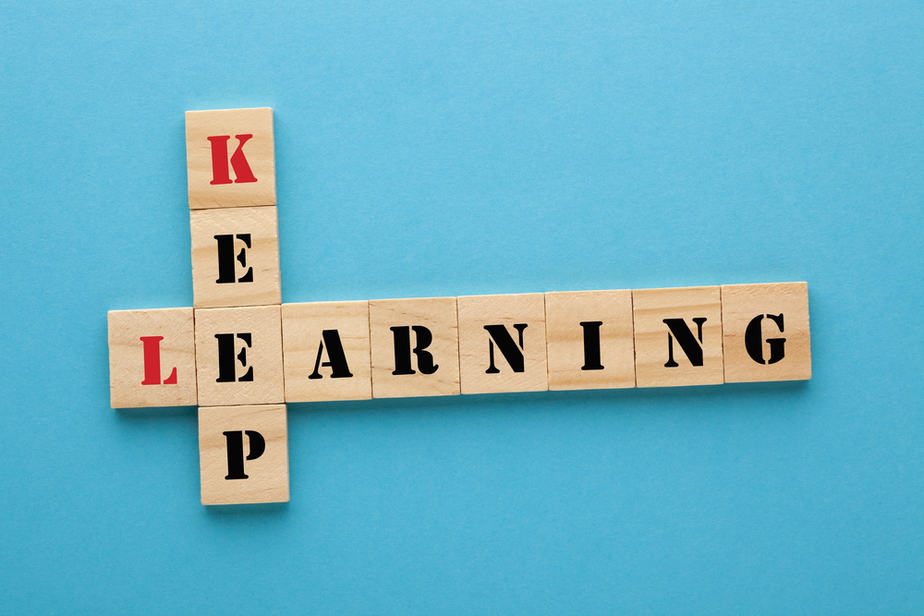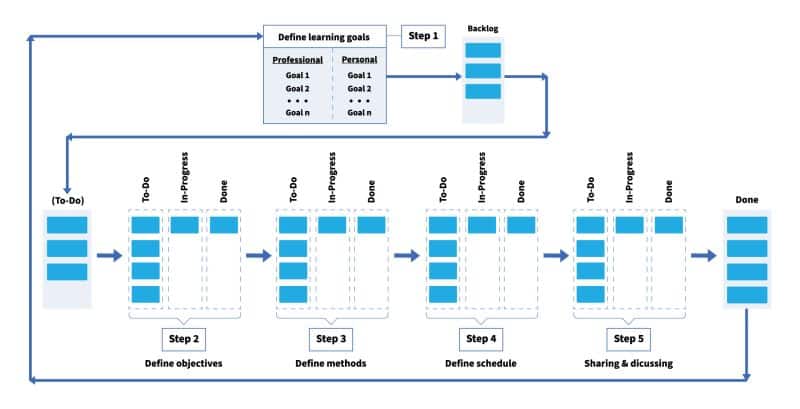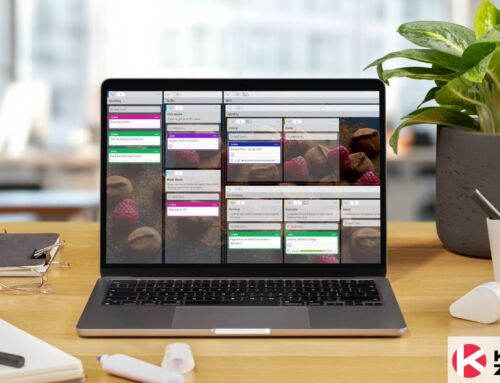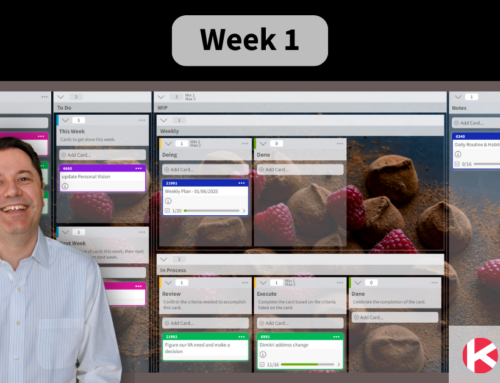
The never-ending push that companies and businesses in general currently face to stay competitive in their niches of work demands that organizations have the capacity for constant innovations, high flexibility and process adaptations.
In order to accomplish these demanding requirements, it is vital that capable and well-trained staff is available at the right time when needed, especially in a constantly changing marketplace. This requires that organizations support the mindset of continuously learning, so that staff can regularly deepen their knowledge, get new ideas and skills.
Now you must be wondering: What is continuous learning? How to create a continuous learning plan with Kanban method? What are the main benefits of using the Kanban method for the continuous learning plan? These are exactly the subjects of the following sections.
What is Continuous Learning?
As its own name suggests, continuous learning can be understood as the process of regularly learning new skills and getting knowledge assertively. In other words, it is a never-ending process of learning either professional or personal contents of interest throughout the whole life. It can be achieved through many different methods and it relies on self-assessment, curiosity and a sense of accepting facing challenges.
From a professional point of view, continuous learning can also frequently be employed in a more project-related framework, that is, a time-constrained and formal commitment having both start and end dates planned in advance. For example, a team member who is taking part in advanced training related to his/her career goals is also considered a common way of continuous learning.
How to Create a Continuous Learning Plan with Kanban
In order to carry out your continuous learning process correctly, it is always a good idea to have a plan for continuous learning. With that regard, the Kanban method is considered a possible tool to support you in this process through appropriate digital Kanban boards. As an example, Figure 1 shows a digital Kanban board created as a plan for the continuous learning process.

It is possible to observe in Figure 1 that the process flow has no end in sight and it repeats constantly over time. This is a conceivable learning path that can be applied in practice, and of course, it is not a fixed nor a magic way of learning something new. Initially, it is important to clearly define the main goals to be learned (Figure 1, Step 1). This can be, for example, new skills and knowledge you want to learn in either professional or personal subjects that really matter to you, as schematically represented at the top of the digital Kanban board.
Without having a right definition of these goals in mind, you will probably end up with no real motivation to carry out the whole process and, even worse, no solid results will be achieved. It is really important to dedicate time and think about what is the reason behind learning something new and what is the big motivation for that.
The next step (Figure 1, Step 2) is related to the definition of concrete objectives aligned with your predefined goals. This aims at guiding you more deeply toward the subjects previously chosen and, at the same time, it shows the direction to be followed.
After having defined your goals and objectives, the next step (Figure 1, Step 3) is about defining a reliable method to support the learning process. In this sense, there are an infinity of available learning methods and numerous resources that can be considered, for instance, digital books, audiobooks, university lectures and so on.
Next, a schedule is defined (Figure 1, Step 4), so that it is necessary to specify periods of time in order to dedicate to learning. The reason why this is important relies on the fact that it is sometimes tempting to postpone learning as new urgent tasks arise in the course of the day or week.
Finally, the last step is about sharing and discussing what has been learned from the previous process steps (Figure 1, Step 5). This allows you not only to get new insights from people you are communicating with, but also enables you to better clarify your reasoning and understanding about the learned subject by elaborating specific questions and reflections.
Benefits of Continuous Learning Plan with Kanban
Using the Kanban method as a tool for planning a continuous learning process has many benefits for both professional (e.g. career plan) and personal lifelong learning.
This turns out to be possible through straightforward digital Kanban boards, which enable a better visualization of the learning process in its entirety.
Additionally, it is also possible to manage the learning process more efficiently, thus allowing to comprehend the progress of learning, process bottlenecks and continuously improving the way you learn over time.
Learn to Work Smarter, Not Harder!
Get our top articles weekly.
Table Of Contents
Discover many more posts…







